Welcome to Prehistoric World
Discover the fascinating creatures that once roamed our planet
Featured Creatures
Featured Creatures
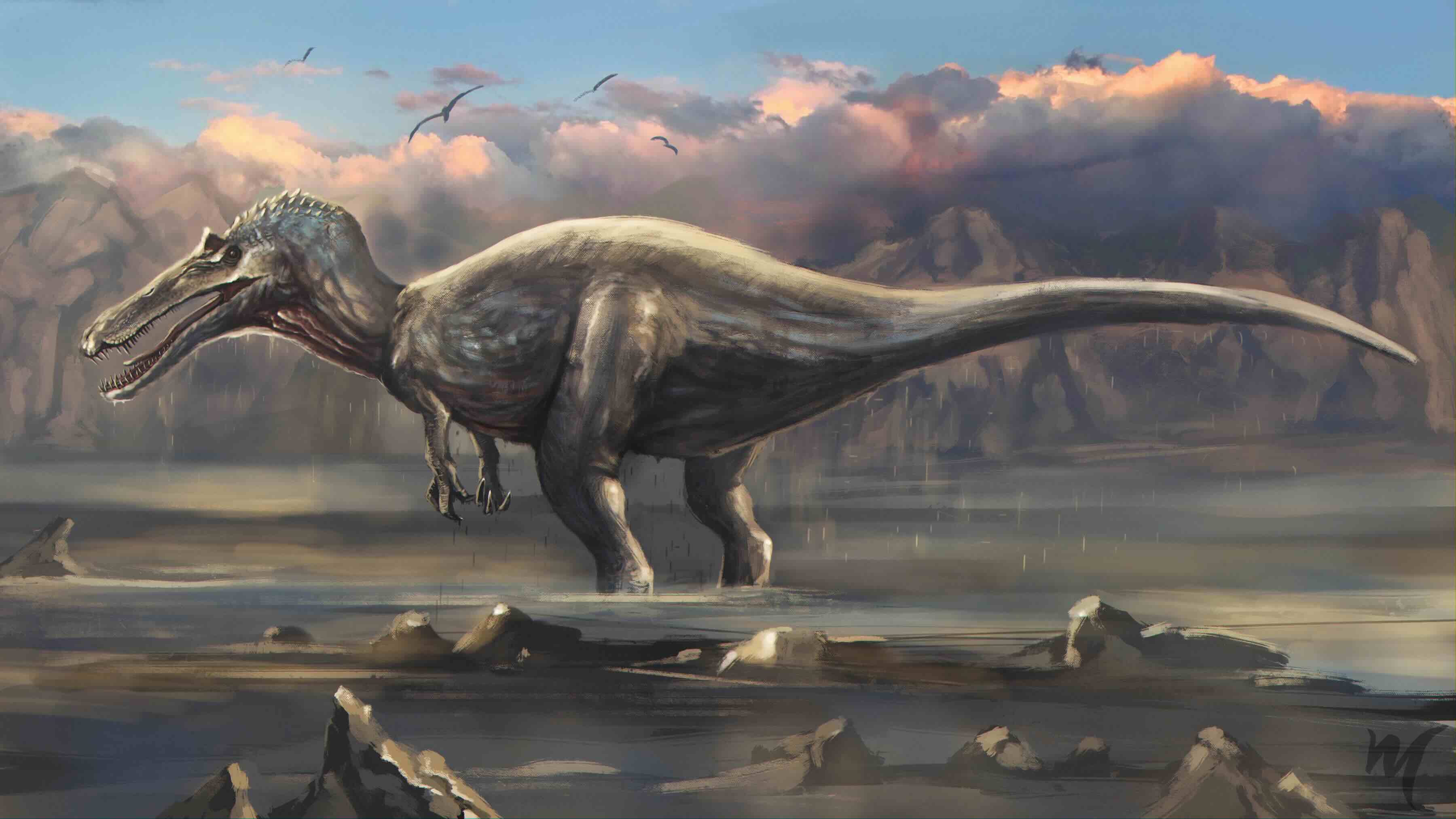
Suchomimus tenerensis
Cretaceous
Suchomimus was a large, predatory theropod dinosaur that lived during the Early Cretaceous period, approximately 125 to 112 million years ...
Learn More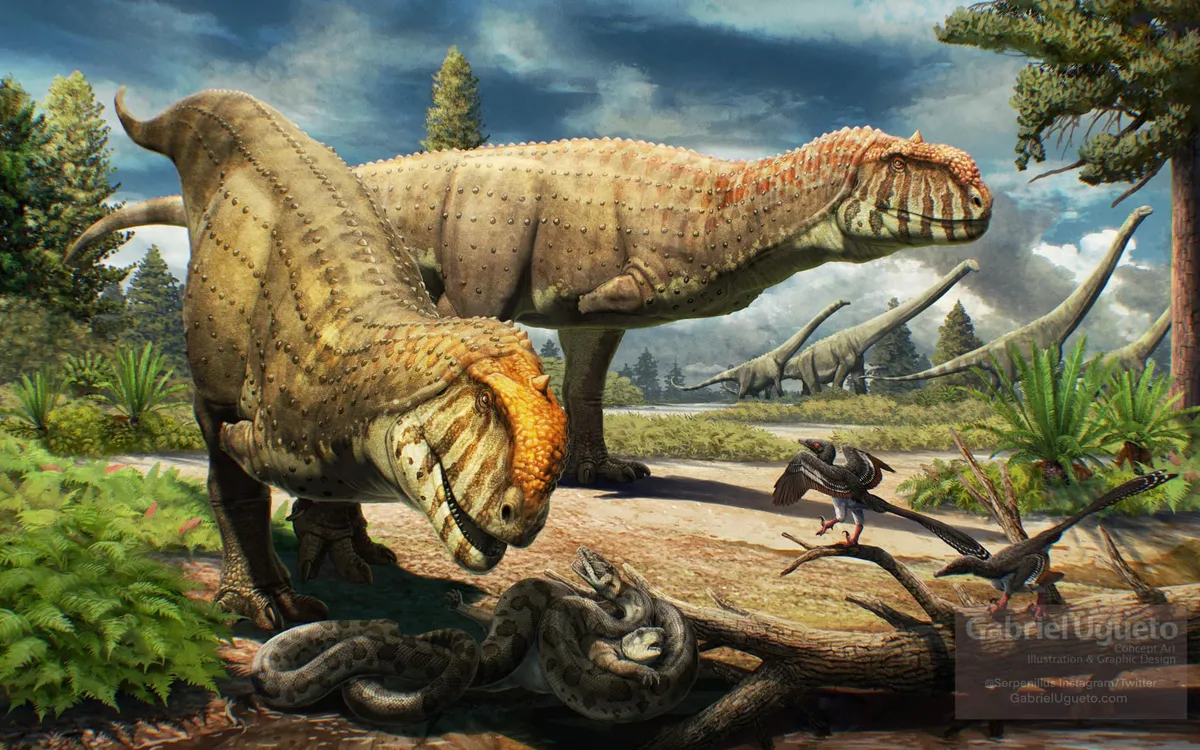
Majungasaurus crenatissimus
Cretaceous
Majungasaurus was a formidable theropod dinosaur that thrived during the Late Cretaceous period, approximately 70 million years ago, in what ...
Learn More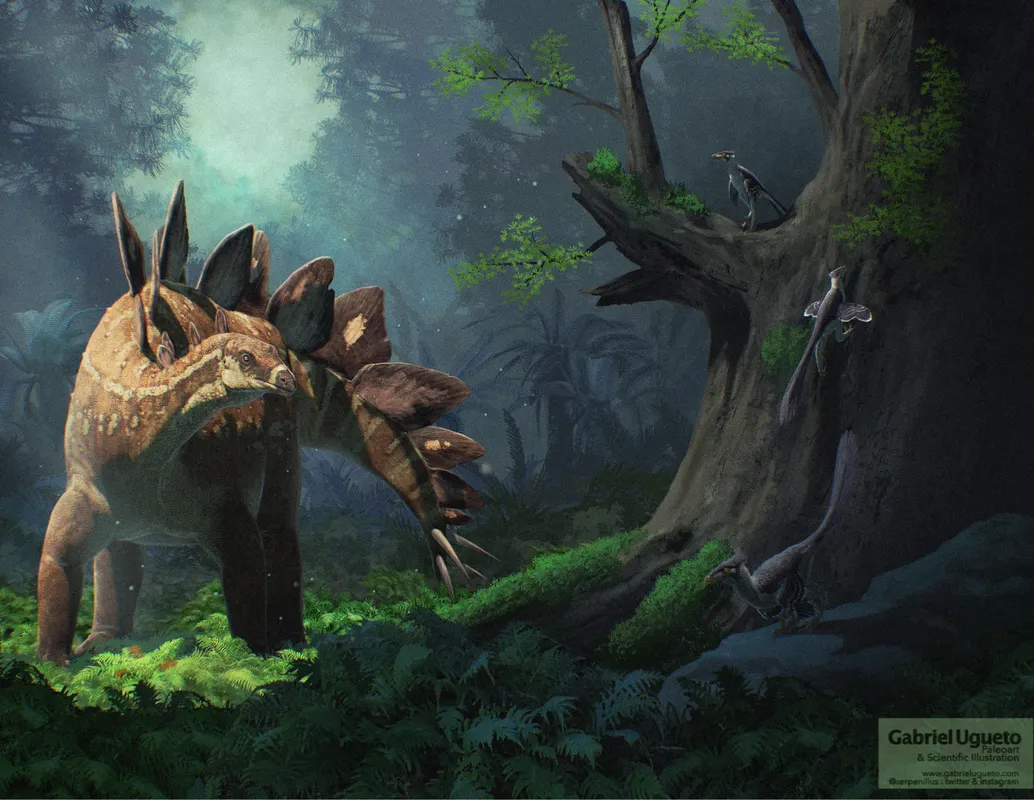
stegosaurus ungulatus
Jurassic
Stegosaurus ungulatus is another type of Stegosaurus that lived during the Late Jurassic period, Stegosaurus ungulatus can be distinguished from S. ...
Learn MoreLatest Discovery
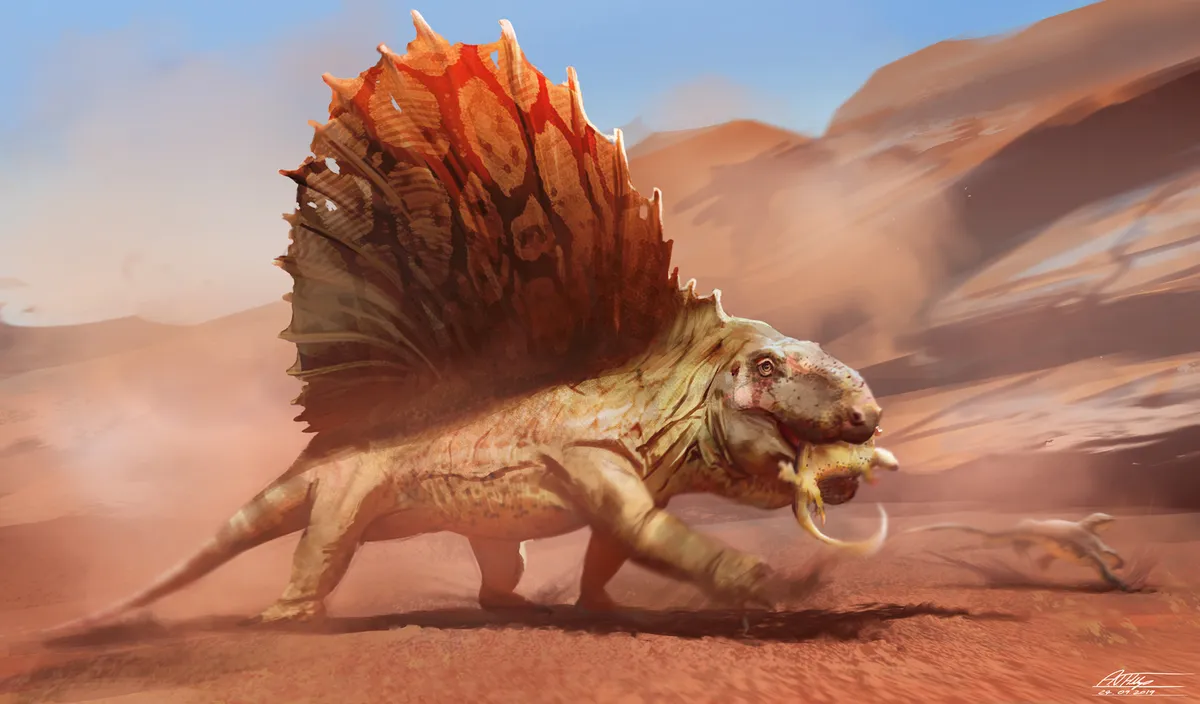
Updated: February 14, 2025 at 6:47 PM
Dimetrodon limbatus
Period: Permian
Dimetrodon, an extinct genus of non-mammalian synapsids belonging to the family Sphenacodontidae, lived during the Cisuralian age of the Early ...
Did You Know?
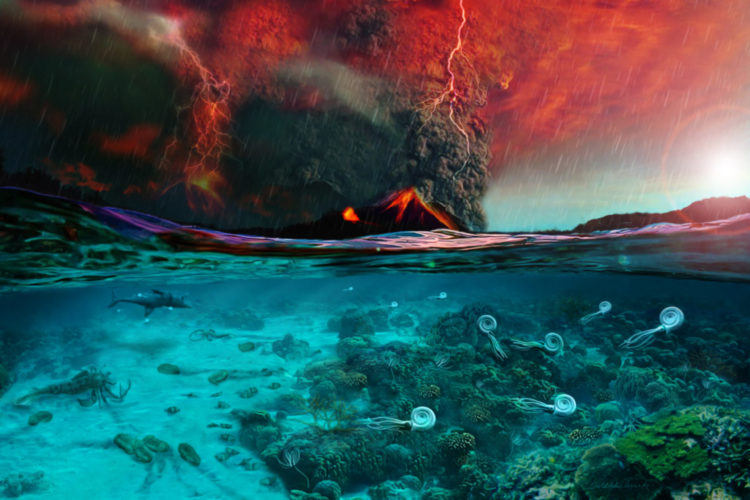
The Great Dying
The Permian-Triassic extinction event, known as "The Great Dying," wiped out about 95% of marine species and 70% of land species.

The First Flower
The first flowering plants appeared around 130 million years ago, during the Cretaceous period, revolutionizing plant evolution.
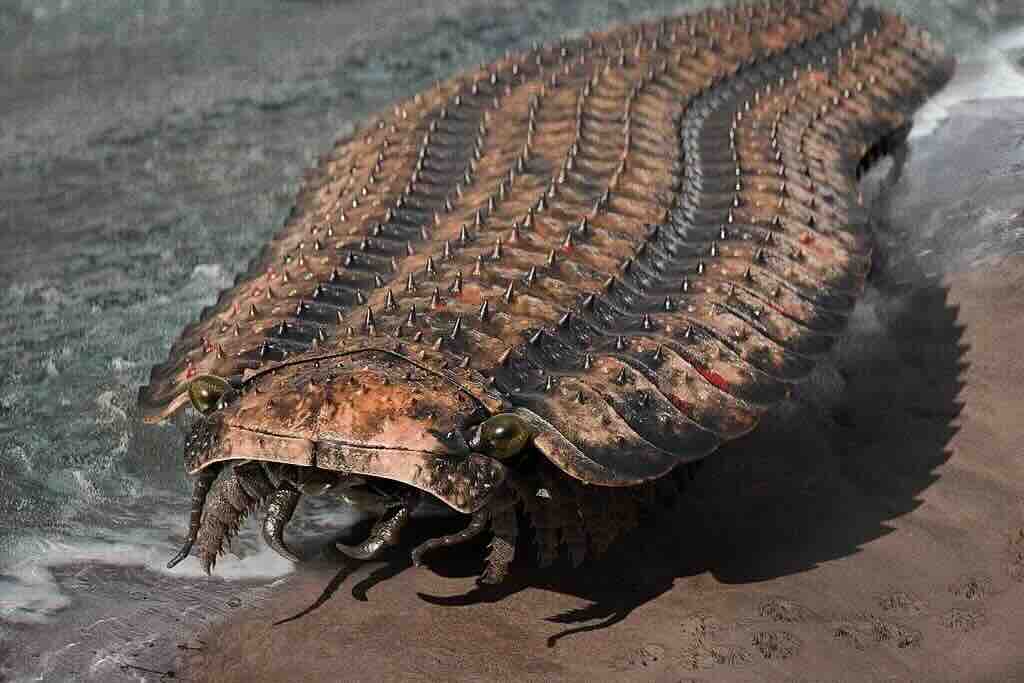
Prehistoric Super-Sized Insects
During the Carboniferous period, insects grew to enormous sizes due to higher oxygen levels. Dragonflies had wingspans up to 65 cm!

Hangenberg event
The Hangenberg event, about 359 million years ago, was a mass extinction at the Devonian-Carboniferous boundary, caused by global cooling and anoxic oceans, wiping out many marine species.
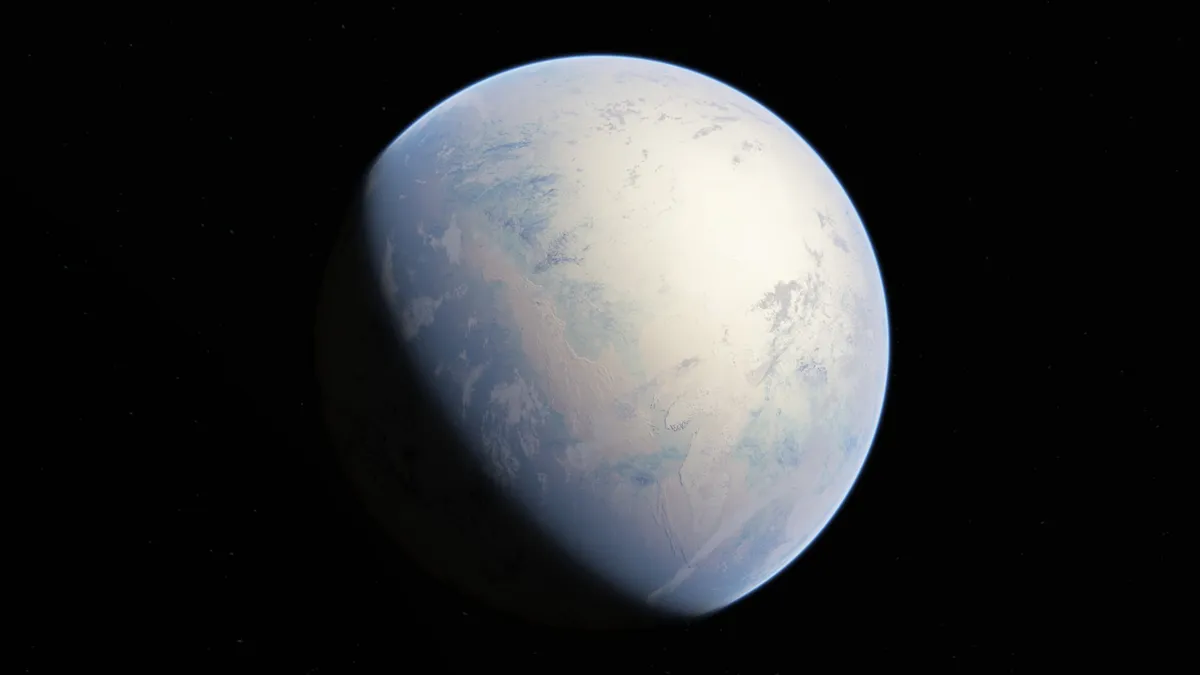
Snowball Earth
Around 700 million years ago, Earth was almost completely covered in ice during the "Snowball Earth" period, with temperatures as low as -50°C.
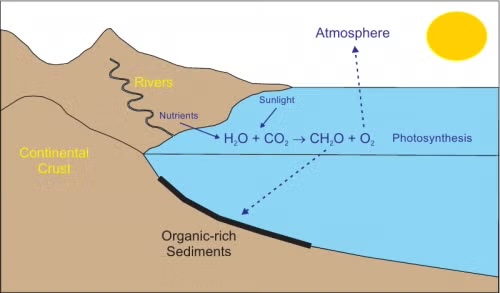
Earth's Oxygen Revolution
About 2.4 billion years ago, the "Great Oxidation Event" dramatically increased Earth's oxygen levels, making complex life possible.
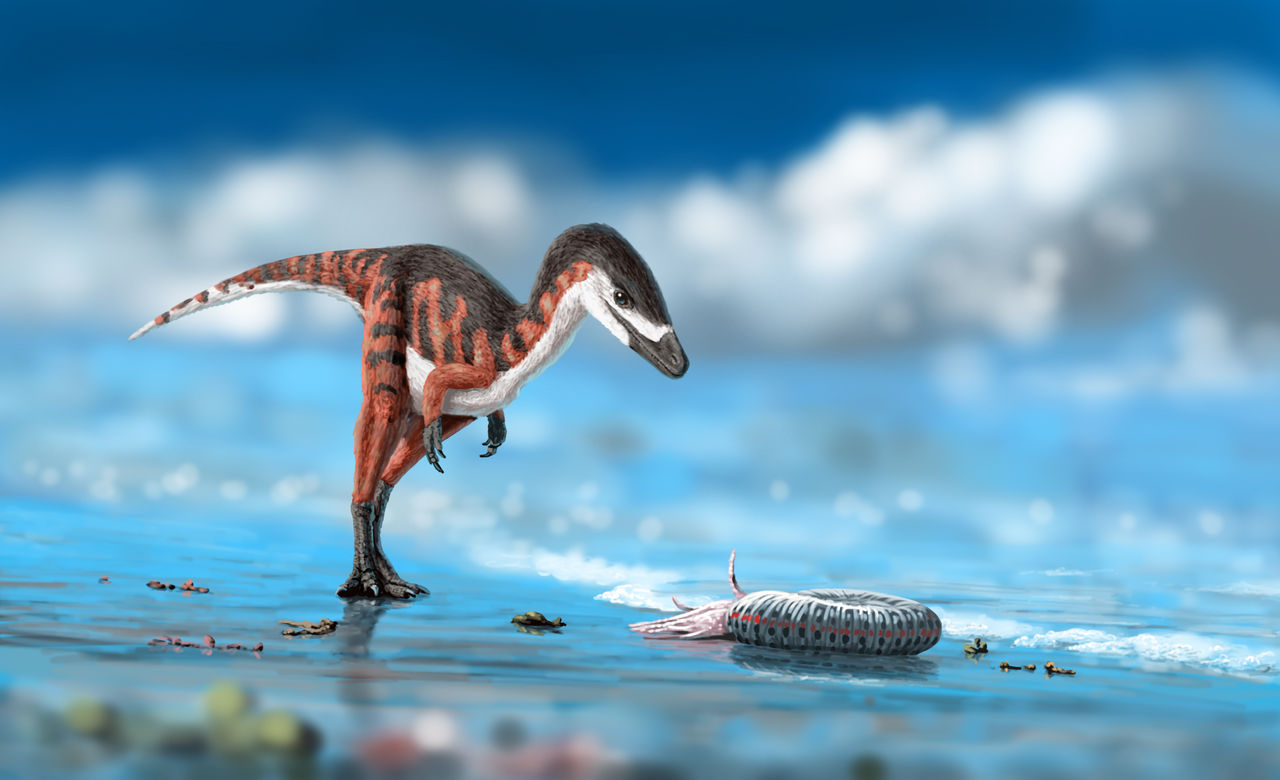
Not All Dinosaurs Were Giants
While many famous dinosaurs were enormous, the smallest known dinosaur was the Compsognathus, only about the size of a chicken!
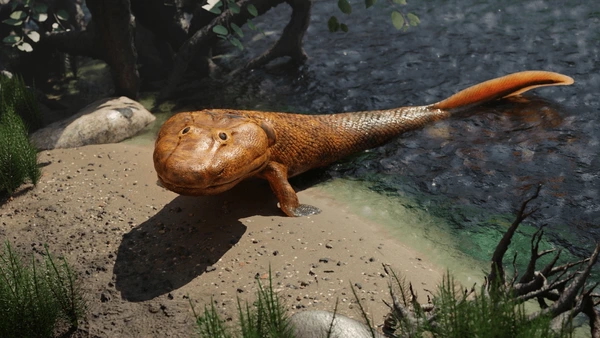
First Land Animals
Tiktaalik, living 375 million years ago, was one of the first vertebrates to venture onto land, with primitive lungs and leg-like fins.
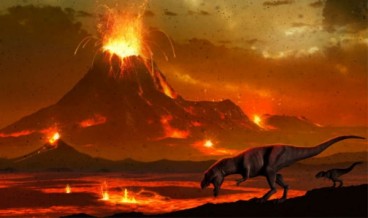
The K-Pg extinction
The K-Pg extinction, caused by an asteroid impact 66 million years ago, wiped out 75% of species, including non-avian dinosaurs, due to climate shifts, wildfires, and tsunamis.
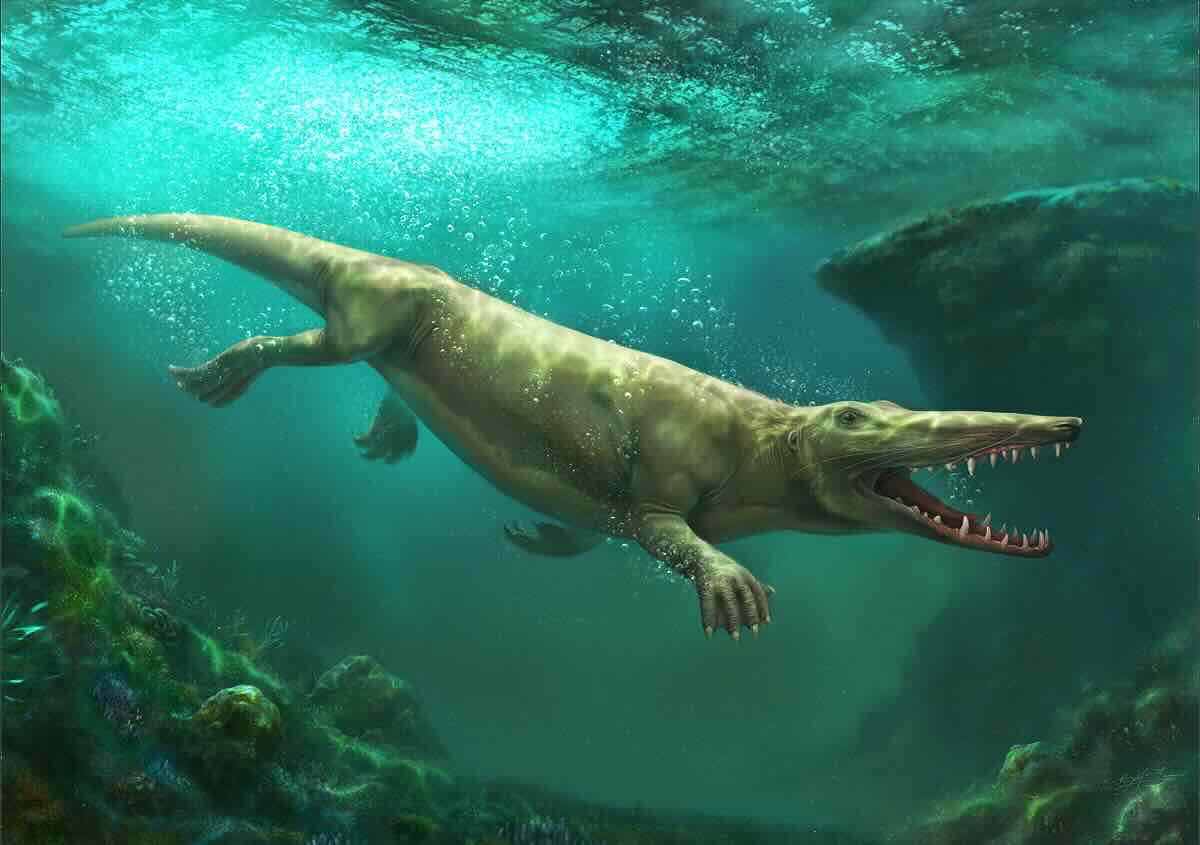
Walking Whales
Early whales like Ambulocetus had legs and could walk on land, showing the remarkable transition of mammals back to marine life.